You love your cat, but you don’t always love their fur. Cat fur has a habit of clinging to absolutely anything and everything, especially if you have a long-haired cat. Unfortunately, there isn’t much you can do to stop your cat from shedding (though regular brushings can help!). However, you can invest in some fabrics for your clothes, furniture, or bedding that can help repel cat fur.
What are the best fabrics for repelling cat fur? And what are the worst? Here’s a look at the fabrics you should invest in to have less cat fur clinging and the ones you should avoid at all costs.

How Are Fabrics Classified?
Fabrics are classified by two different groups of classification. The first classification is done by the kind of fiber used to create the fabric—synthetic or natural. The second classification is done by how the fabric was manufactured—whether it was knitted or woven.
When it comes to synthetic versus natural fibers used in fabrics, synthetic refers to materials that are entirely man-made. Natural fibers come from plants and animals (silk and cotton would be examples).
Then there’s how the fabric is manufactured or whether it is knitted or woven. Knitted fabrics are known for having elasticity and the ability to retain their form (like a scarf). Mesh, lycra, and lace are just a few examples of knitted materials. Woven materials have less elasticity than knitted ones and tend to be more durable. Silk, chiffon, satin, crepe, linen, and denim are just a few materials that fall into the woven category.

The 7 Best Fabrics for Repelling Cat Fur
To start, we’ll look at seven fabrics that repel cat hair. These pet hair-resistant fabrics tend to be either tightly woven or smooth (or both!), which allows the fabrics to resist clingy pet hair. But which is the best fabric to repel cat hair?
1. Canvas
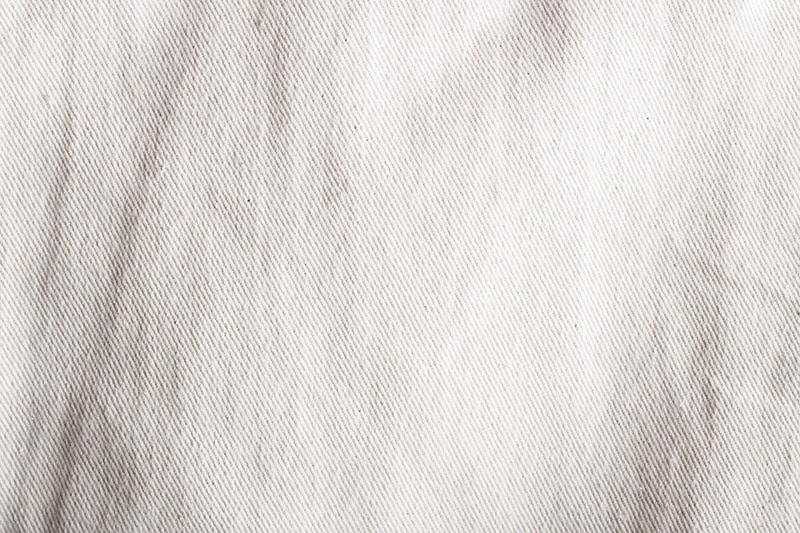
| Cost: | $$ |
| How to Wash: | Hand-wash |
| Durability: | High |
Canvas can be a fantastic pet hair-resistant fabric, as it’s made at least partially from cotton and sometimes linen and is tightly woven. Cotton is blended with synthetic fibers, making this material heavy-duty and extremely durable. However, watch for those synthetic fibers, as they may be more likely to produce static electricity, which can make cat fur cling. You’ll find this fabric most often used for shoes, jackets, bags, and furniture.
2. Denim
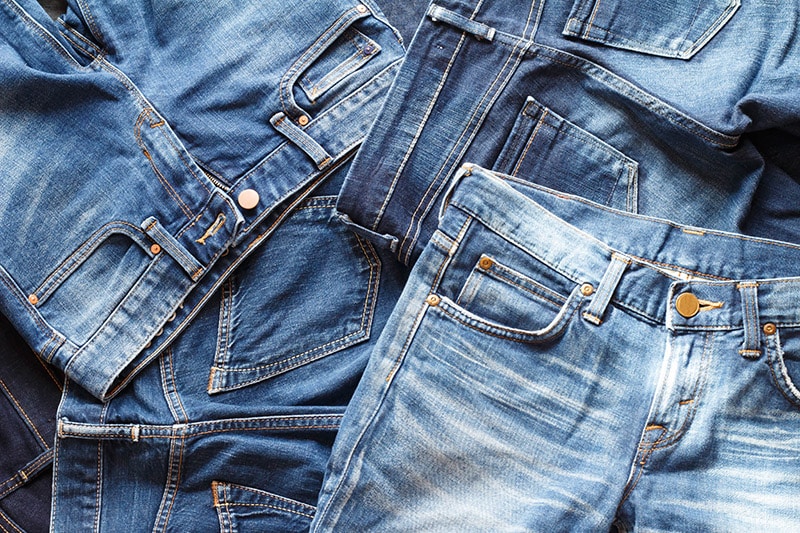
| Cost: | $–$$ |
| How to Wash: | Machine-wash |
| Durability: | High |
Denim is a material you probably have a lot of in your closet. Not only is it comfy to wear, but it’s incredibly durable. And if you wear jeans often, you might have already noticed that your cat’s hair sticks to them less than it does to other clothing. Denim is another material that is tightly woven, making it more difficult for fur to attach itself and stay.
3. Leather
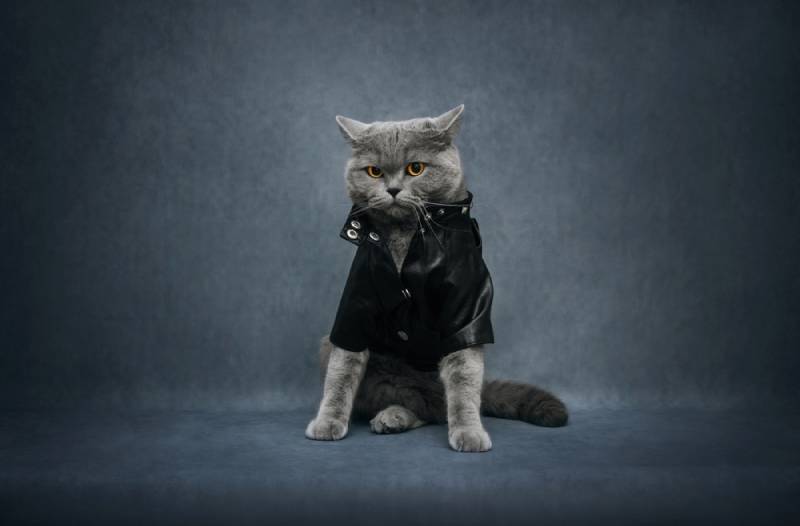
| Cost: | $$$ |
| How to Wash: | Hand-wash |
| Durability: | High |
What makes leather a fabric that repels cat hair? It’s the smoothness; your kitty’s fur will just slide right off when it touches it. Leather may be more expensive than other pet hair-resistant fabrics, but it’s highly durable; it can last for decades if you have a quality leather item and take care of it! Plus, genuine leather is more resistant to being scratched by kitty’s claws.
Of course, some people may not be comfortable with genuine leather as it is an animal product. The good news is that faux leather will also repel cat fur; however, it will be less durable and may be more easily scratched.
4. Microfiber
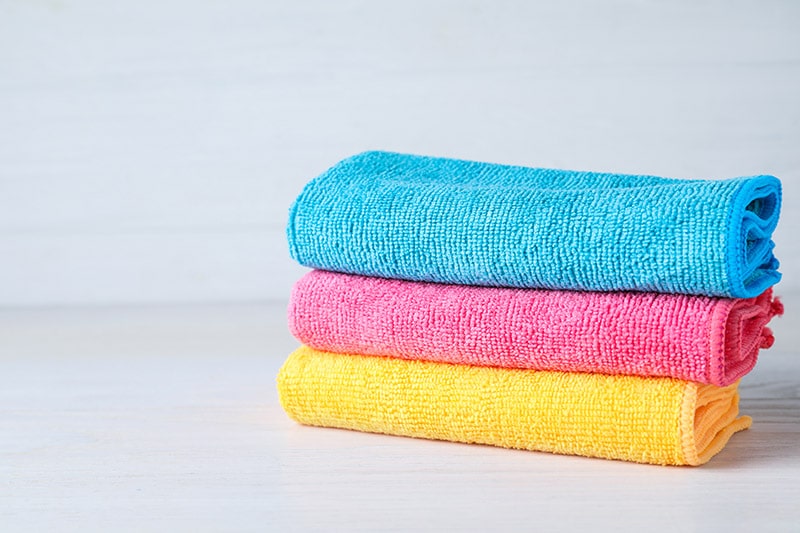
| Cost: | $–$$ |
| How to Wash: | Machine or hand-wash |
| Durability: | High |
Microfiber can be an excellent choice when you’re looking for a fabric to repel cat fur, as it’s very smooth and tightly woven. It’s also extremely durable and can be more resistant to claws, which is a bonus. The downside is that microfiber contains polyester, which can produce static cling if you aren’t careful, and that will attract cat hair. But, overall, microfiber is a fantastic choice, particularly for furniture.
5. Rayon
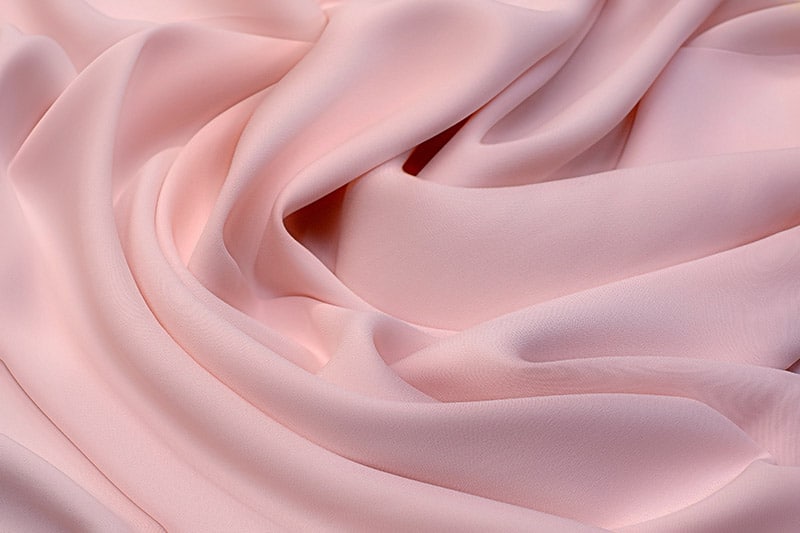
| Cost: | $$ |
| How to Wash: | Hand-wash preferable |
| Durability: | Low |
Rayon is a fairly common fabric. It is made from cellulose fibers that come from wood pulp, but though it comes from a natural source, chemicals are used in its making, so it is considered semi-synthetic. This reasonably versatile fabric is tightly woven, so it repels cat fur better than some other fabrics. However, rayon does have a tendency to develop mild static cling sometimes, so watch for that.
6. Silk
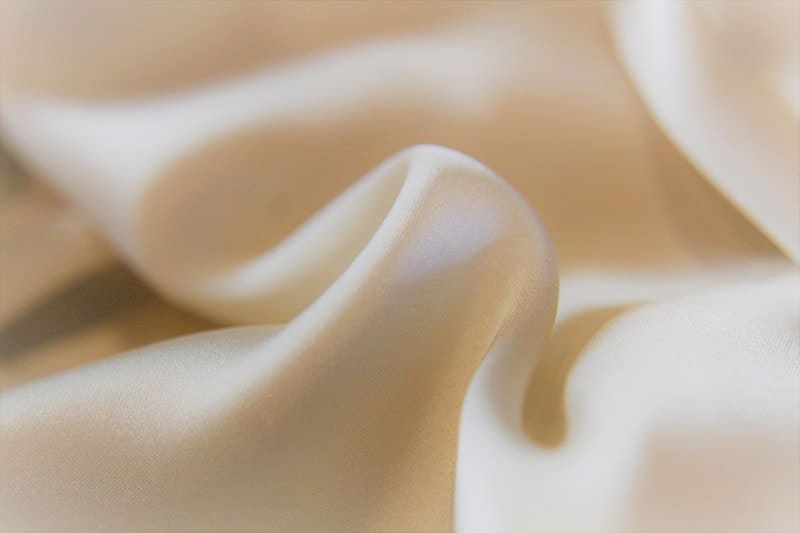
| Cost: | $$$ |
| How to Wash: | Hand-wash |
| Durability: | Medium |
Silk is one of the priciest fabrics that repels cat fur. This natural fabric is known for being soft and silky smooth (which helps it resist cat hair), but it’s also one of the most durable of natural fibers (though it definitely will not hold up well to kitty claws). You’ll find this luxurious fabric often used in high-end fashion and upholstery. One drawback, though, is that it can easily experience static cling if you aren’t careful, which will attract loose hair.
7. Tightly Woven 100% Cotton
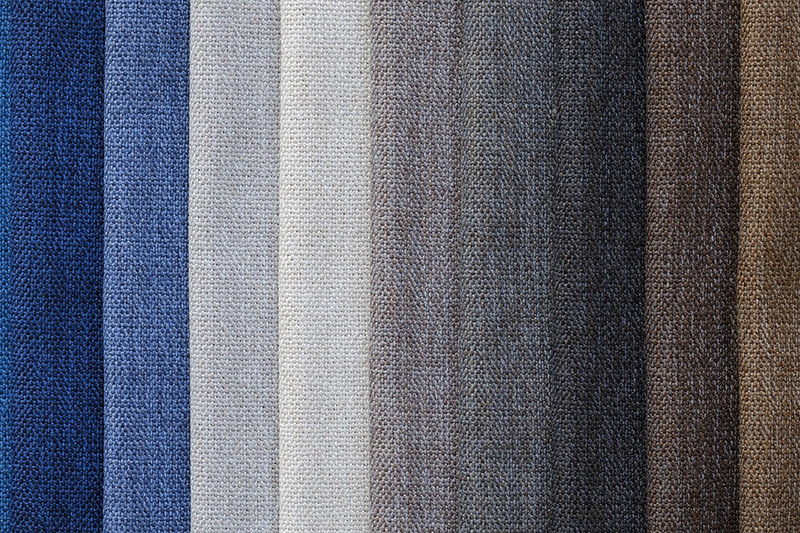
| Cost: | $ |
| How to Wash: | Machine-wash |
| Durability: | Medium |
If you’re going with cotton as a fabric for clothing or especially bedding, you’ll want to find 100% cotton that has been tightly woven. 100% cotton is high-quality, fairly durable, and breathable, so it’s excellent as a clothing fabric. The more tightly woven it is, the less likely you’ll find tons of cat hair on it. Skip the cotton blends, though, as those contain synthetic fabrics, which are more likely to experience static cling and attract fur.

The 5 Worst Fabrics for Repelling Cat Fur
Now it’s time to find out which fabrics are the absolute worst to have in a home with felines. These fabrics are prone to picking up cat fur, not repelling it!
1. Corduroy
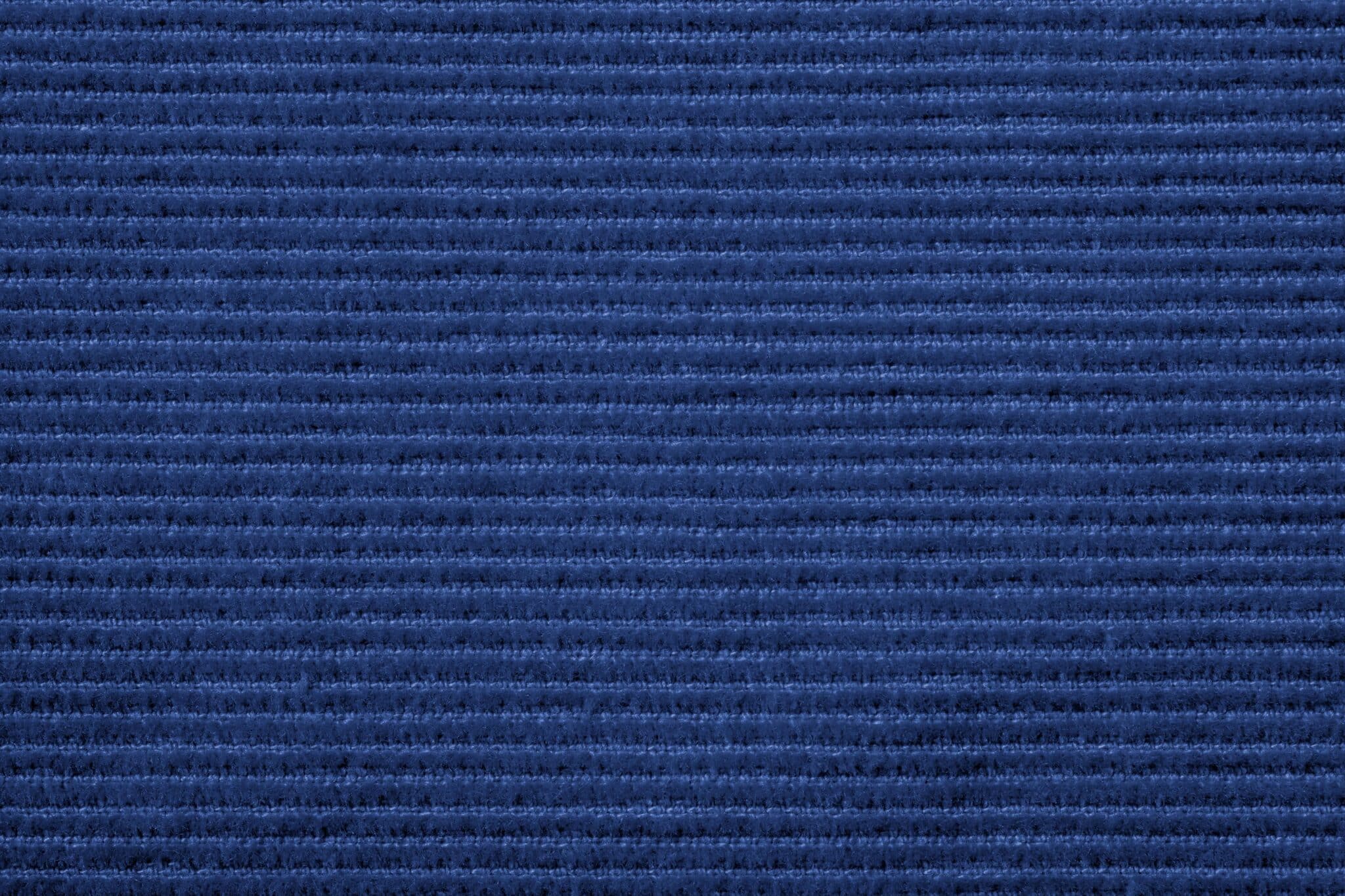
| Cost: | $–$$ |
| How to Wash: | Machine-wash |
| Durability: | High |
Corduroy may be a highly durable material, but it has a wider weave that makes it simpler for cat hair to get stuck in it. Plus, corduroy has a ridged pattern, which makes removing fur from it that much more difficult. It’s best to skip this fabric and go for a smoother one with a tighter weave!
2. Polyester
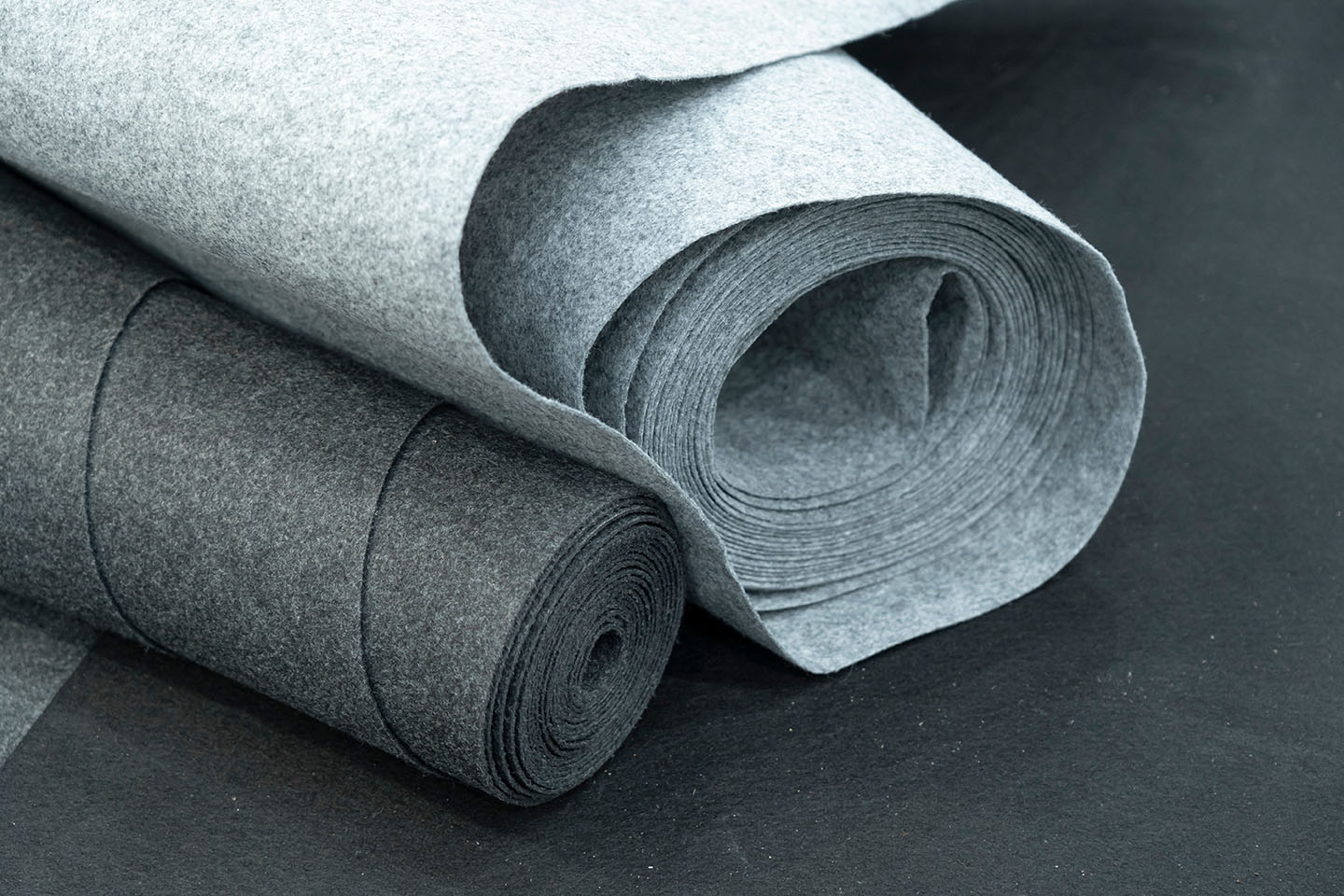
| Cost: | $ |
| How to Wash: | Machine-wash |
| Durability: | High |
Polyester is a synthetic fiber, which means it’s more likely to pick up cat fur due to static cling than to repel it. It’s unfortunate because polyester can be found in a plethora of clothing and other items, as it’s affordable and versatile. But having this fabric around felines means attracting cat hair, so if you want pet hair-resistant items, stick with natural fabrics.
3. Tweed
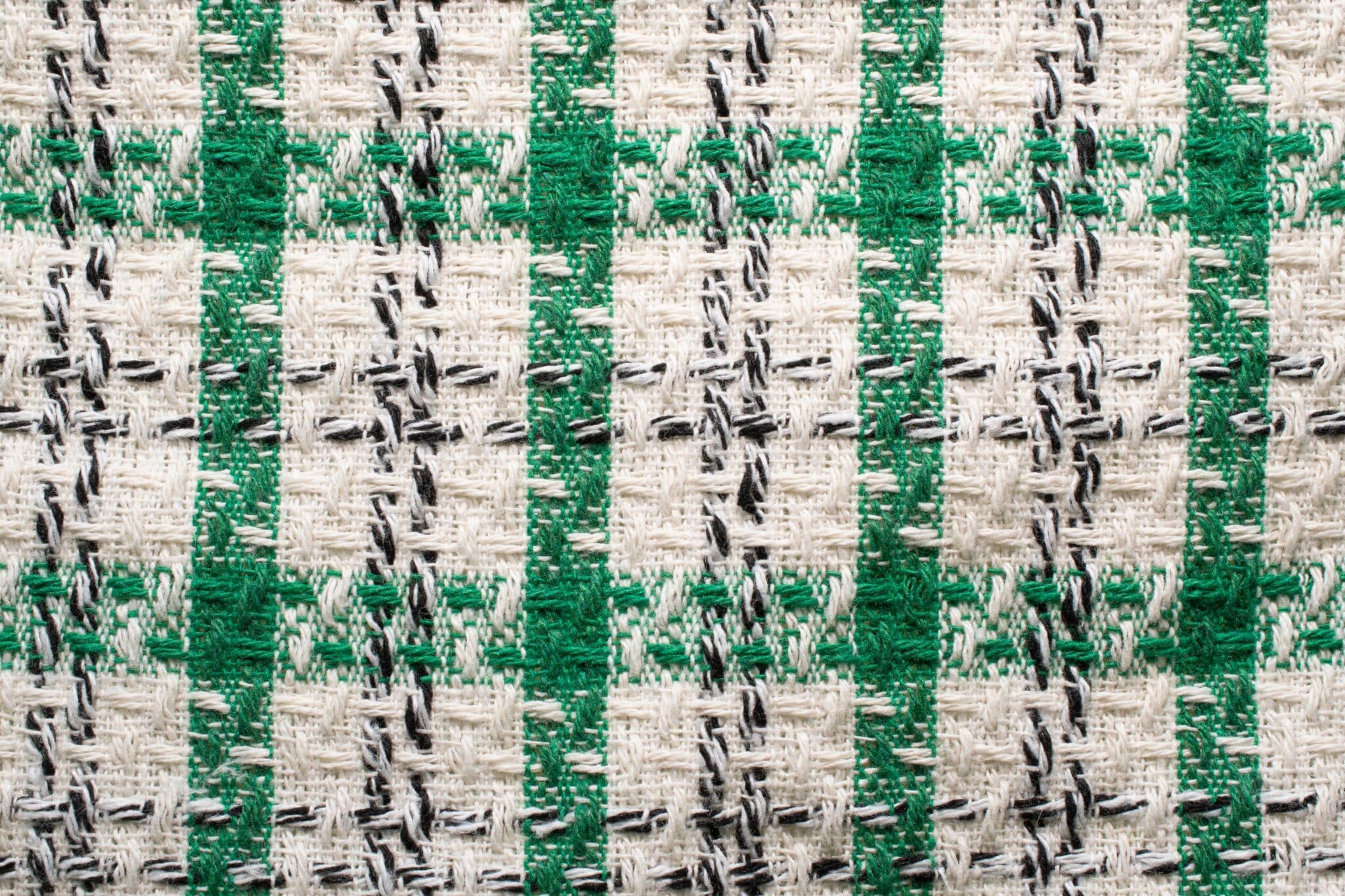
| Cost: | $$–$$$ |
| How to Wash: | Hand-wash |
| Durability: | High |
Tweed may be a classic fabric, but it’s even worse than corduroy at attracting cat fur. The texture of tweed not only catches loose fur but holds onto it. It’s also nearly impossible to get rid of cat hair from a tweed item. If you wear tweed around your kitty, be prepared to do some work to remove their hair from it!
4. Velvet/Velour
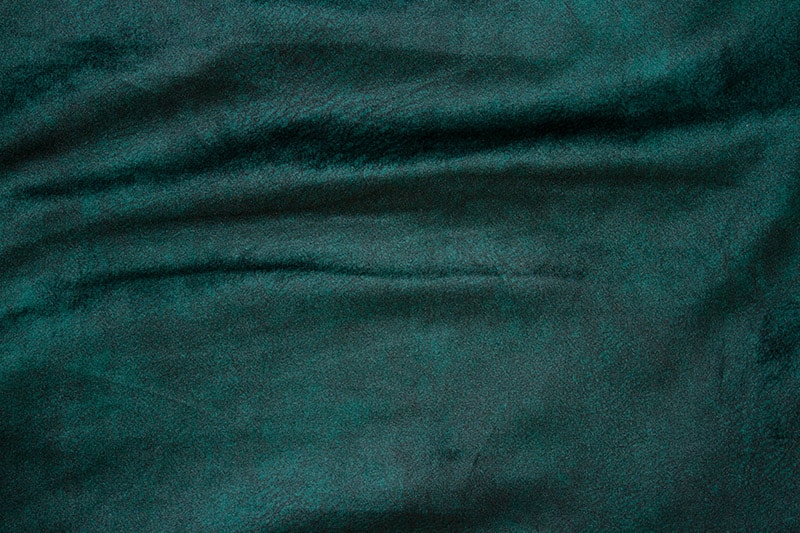
| Cost: | $–$$$ |
| How to Wash: | Dry clean/Machine-wash |
| Durability: | Low to medium |
Velvet and velour may look fabulous, especially on furniture, but they attract cat hair like no one’s business. Think about those velvet brushes that work to clean other fabrics of fur; there’s a reason they work so well! Velvet and velour both produce a lot of static cling and have a knitted texture that doesn’t lend itself to repelling cat hair.
5. Wool
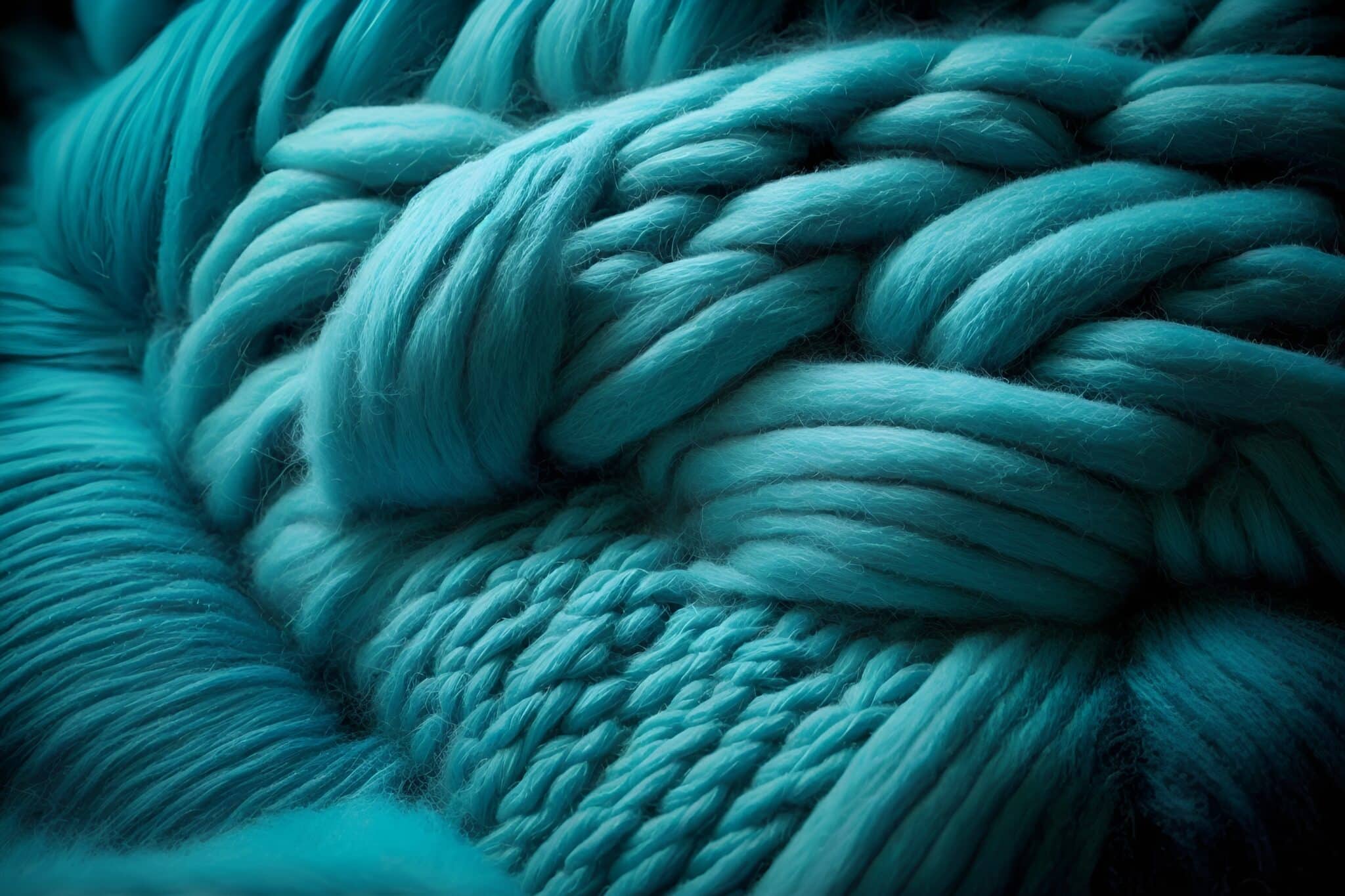
| Cost: | $$ |
| How to Wash: | Dry clean, hand-wash, or machine-wash |
| Durability: | High |
There’s no two ways about it; wool is a fur magnet! The weave of wool makes it much more likely to attract your kitty’s hair than repel it, so you can expect wool items to end up looking like your pet has rolled around on you. The material may be super durable and nice, but wool isn’t the way to go if it’s the pet hair-resistant fabric you want.

Conclusion
You may not be able to do much about your favorite feline’s shedding, but you can at least invest in more pet hair-resistant fabrics to repel fur. You can choose from several out there, and most are used in clothing and furnishings. However, there are plenty of fabrics you’ll want to avoid, as they are much more prone to picking up cat hair rather than repelling it. The fabrics listed above come in various prices, so you can definitely find one that fits your budget. Some are easier to clean than others, so pay attention to that when choosing a fabric.
Featured Image Credit: Tanya Consaul Photography, Shutterstock
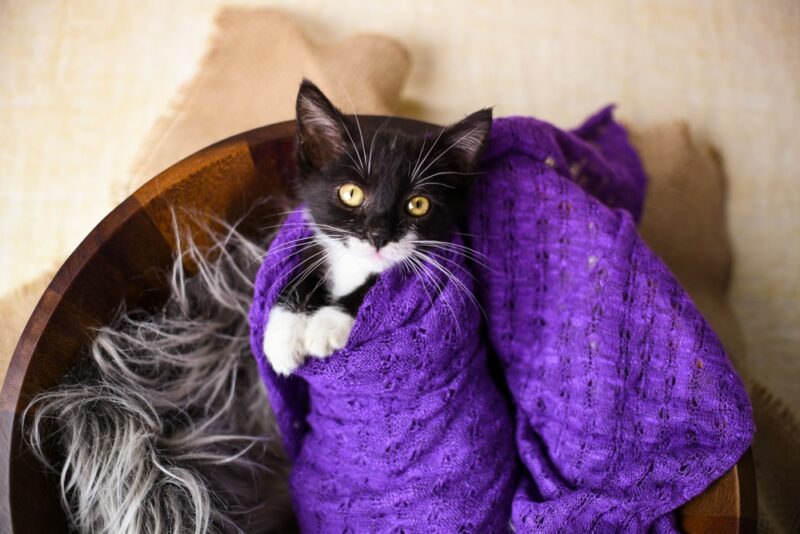


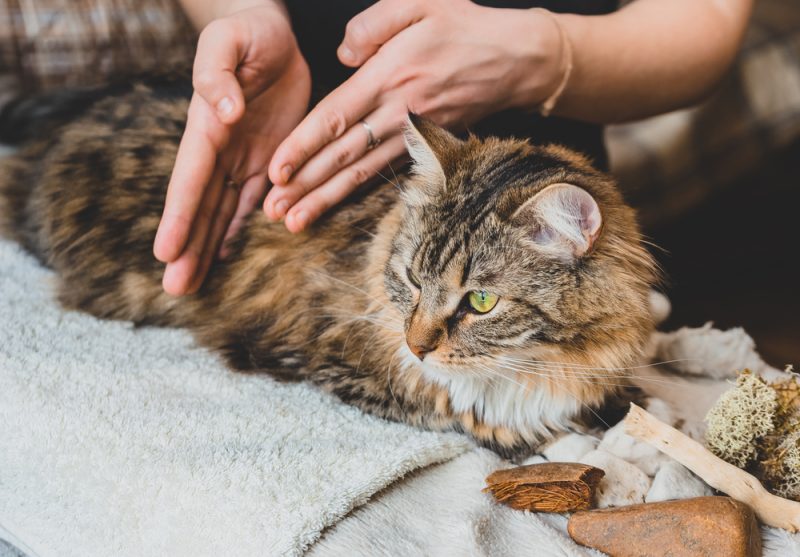
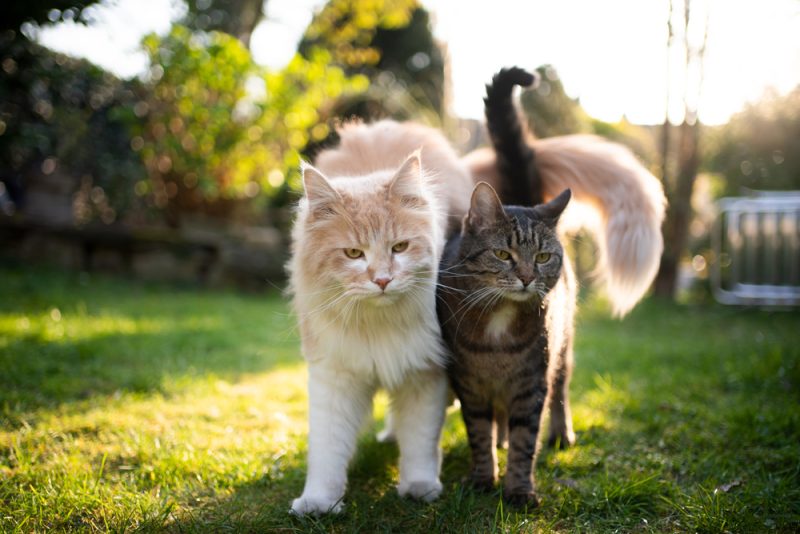
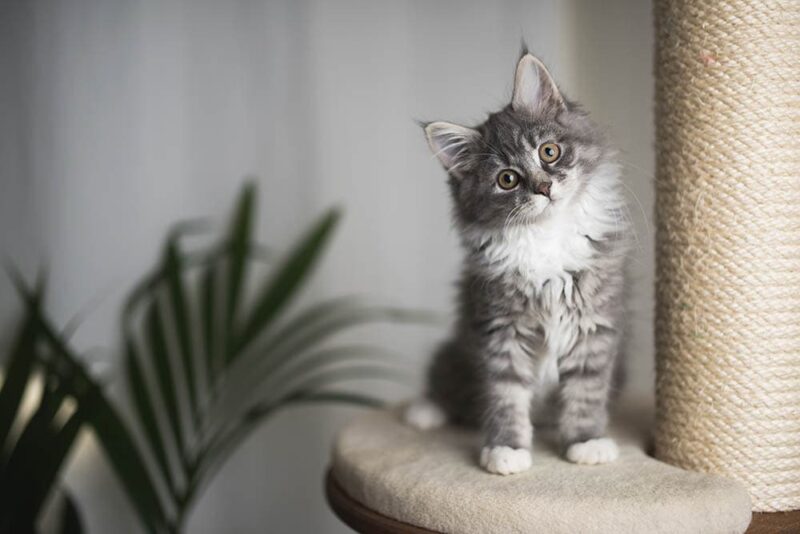
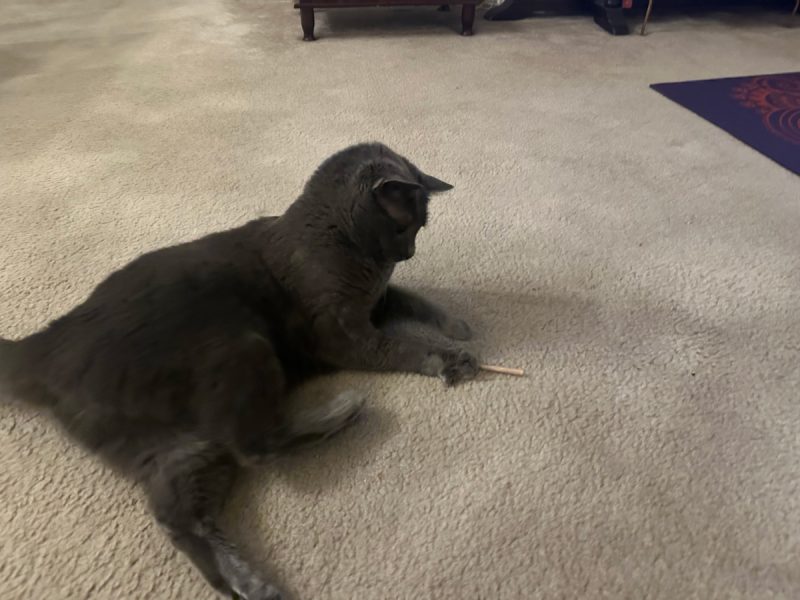
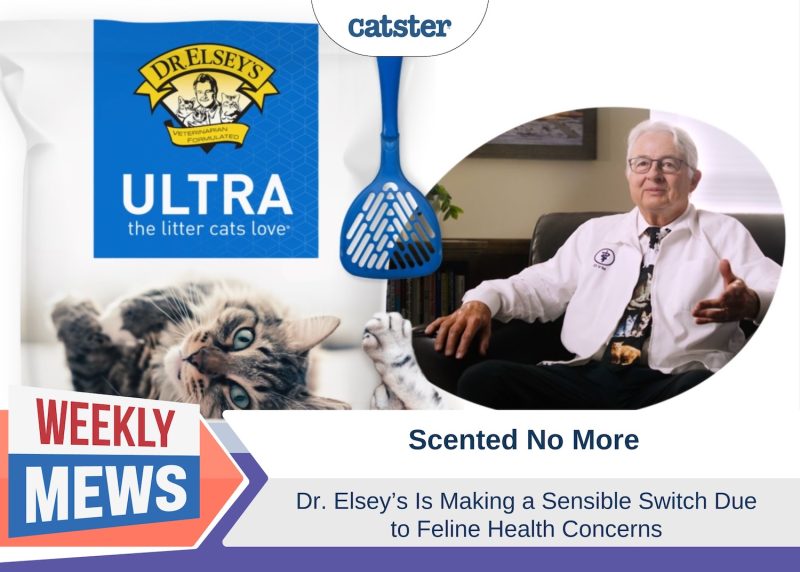
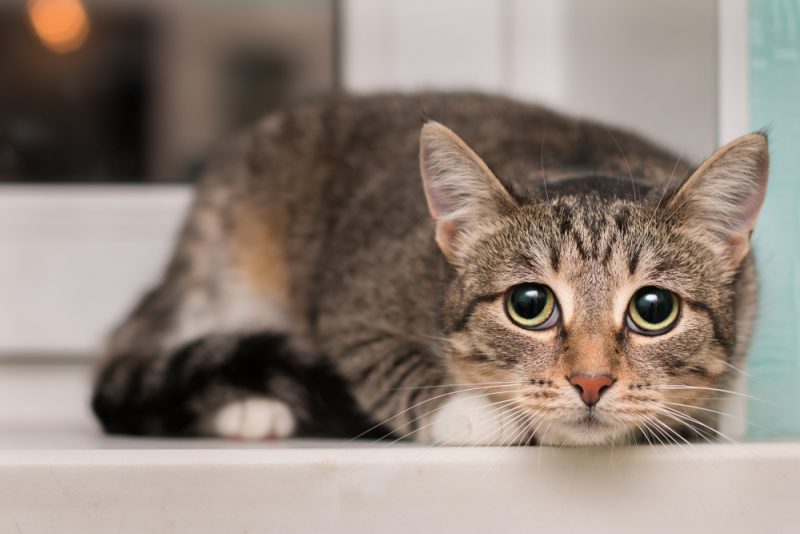
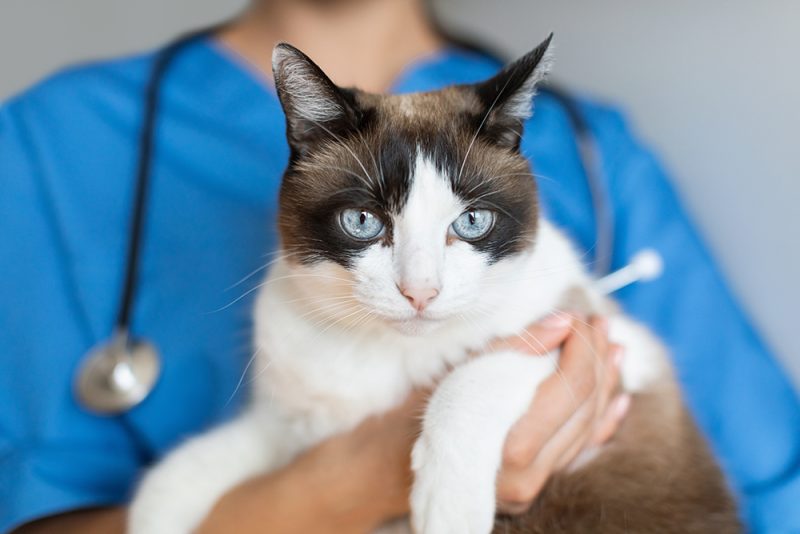
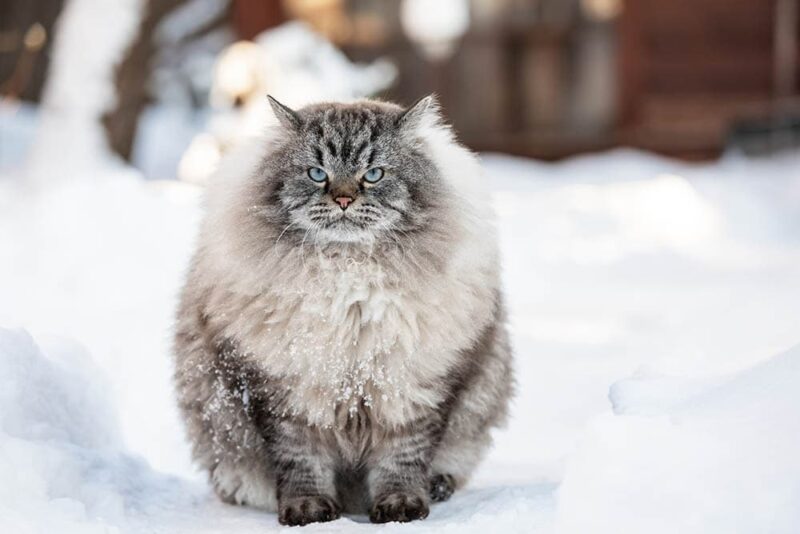
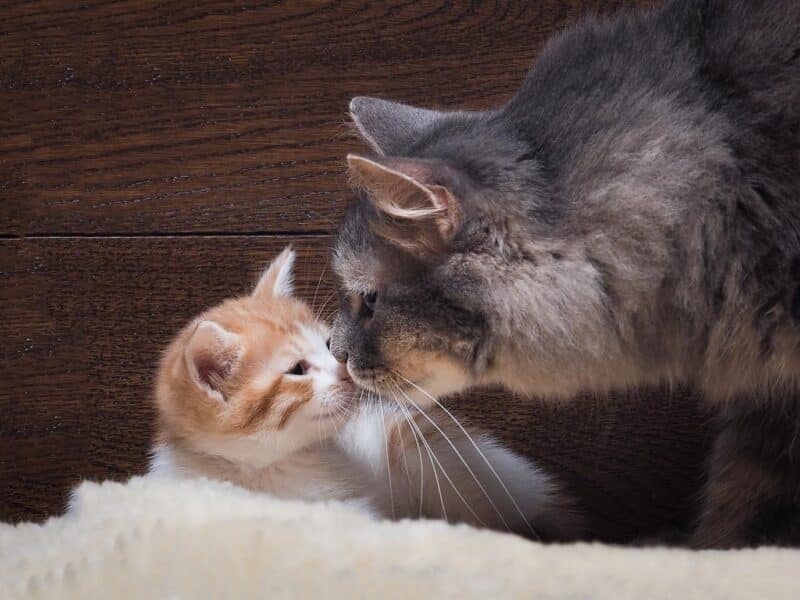
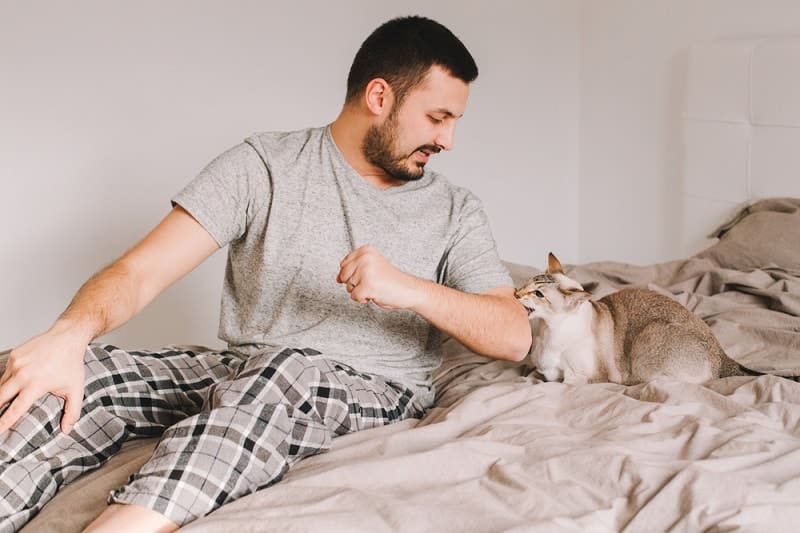
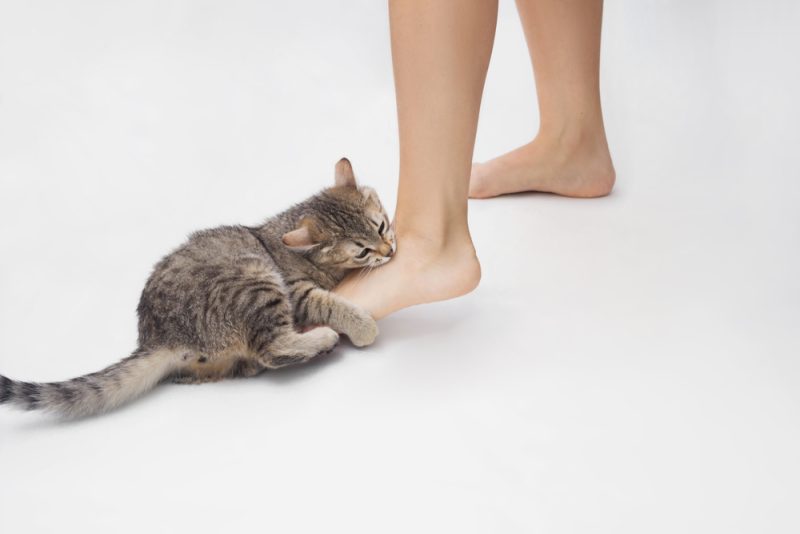
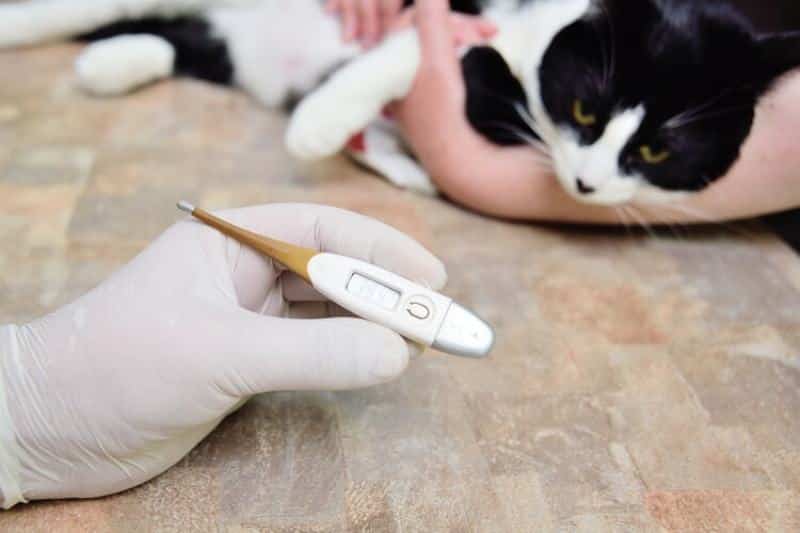
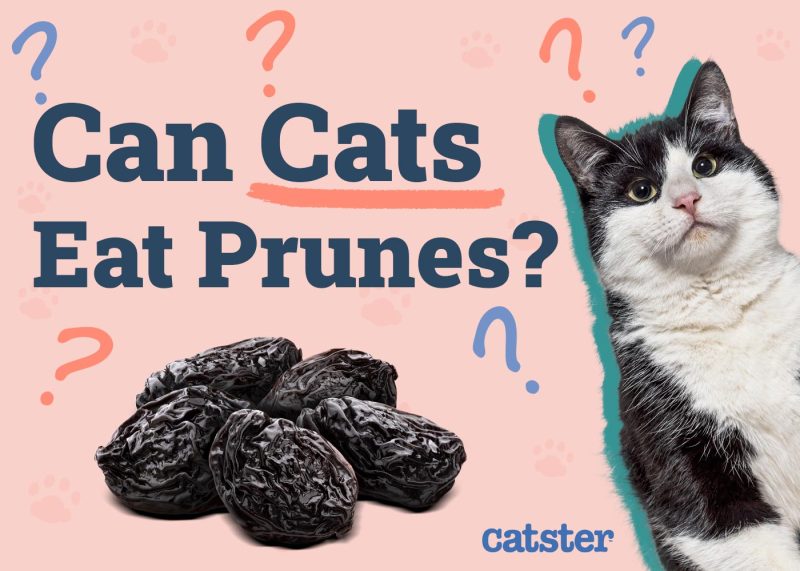

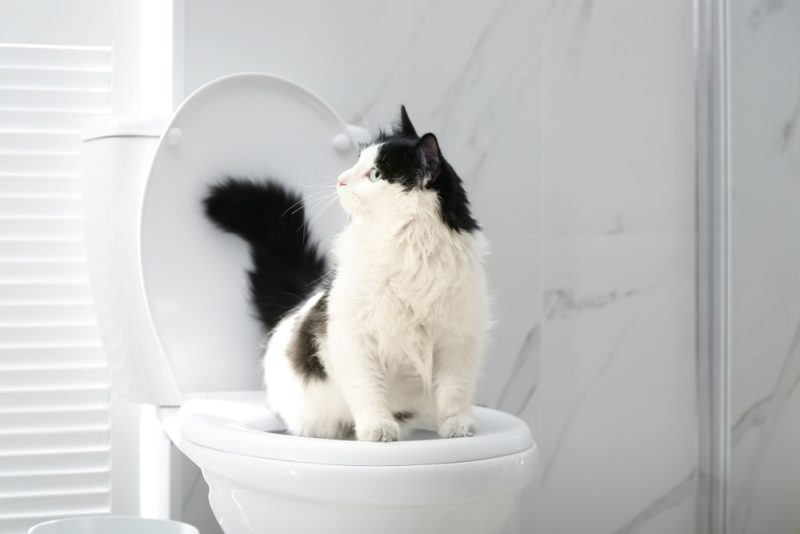

2 Responses
Great advice!!!! So glad I found you, as you also have many more relevant articles for me to read, with regard to taking care of high number of fur bearing pets. I have a ‘multiple pet household permit’ from my city; I have two humongous and furry Great Pyrenees, and 12 cats of all kinds, and varying fur types. It’s work, but love them all. Mine are all rescues, though I do not rescue! Your information is invaluable for me ( I otherwise live alone so can choose this without consultation), and so I can redecorate to best accommodate both them, and me. I love thrift stores, period, reuse….and to find fabrics! Now I know which fabrics to zero in on. I knit, sew, spin, and weave, so I do have good knowledge to choose among the fabrics in thrift stores, but you have solved my problem wonderfully with points I had not thought of!! I sincerely meant invaluable! Previously, I’ve used fleece throws; cheap, cute and tossed in wash. BUT those became worse over time due to their ability to pick up, during the was cycle, wads of fur! I’m not a fabric expert and a ‘little knowledge is costly (dangerous!)’ Your suggestions make perfect sense, and now that I’ve read your explanations on characteristics of the cloth , I get it much clearer. To the surprise of friends, I have leather couches, (yes thrift bought!) My intuition was confirmed by your mention. NOW, I’m going further, and replacing ALL fabric chairs for their use, as the can have accidents (urine, barf, spit, etc, and then the chairs smell badky. I will be replacing all fabric chairs with wicker, wood, and possibly some carefully chosen, specifically shaped hard plastic (all thrift finds, so as not to add to the plastic problem). To make them comfy, and to avoid past mistakes, I googled ‘cat fur resistant fabric’ and your article was the first (and only) that I clicked on. Looked good to me.
So pleased with what I’ve found, I’ll use your advice, I took notes; plus read further related articles to maintaining a nice, well thought out, fur accommodating home, to co-exist well. One thing I considered was to make pillows, also, with these fabrics, to make their chairs all the more comfortable. First a throw, then a pillow on top. And one of the many benefits of buying these fabrics at thrift stores means that if horribly soiled, I can replace them for a lot less. The fabrics you’ve listed have inspired me to consider how to use them in the most comfy as well as cost-effective way. Being a pet owner, let’s face it. There will be times in their lives that they will urinate or leak on the fabrics, throw up, and who knows what else, so when not bought in a fabric store, there’s much less lost. Replacing is less cost, too. There’s also the idea of the variety of older fabrics ( among your suggestions and in good condition), among your recommendations, that can offer uniqueness and creativity, so designing and decorating furniture for cats and dogs, doesn’t need to be boring at all! Thank you for this excellent and so helpful article!
Hi Martha Steele, welcome to our community. Thanks for your kind comments and for loving furry family members. We love to read about your eco-conscious approach, and we are sure you will get very creative with your pillow and pet-minded redecorations and furniture. We love this!